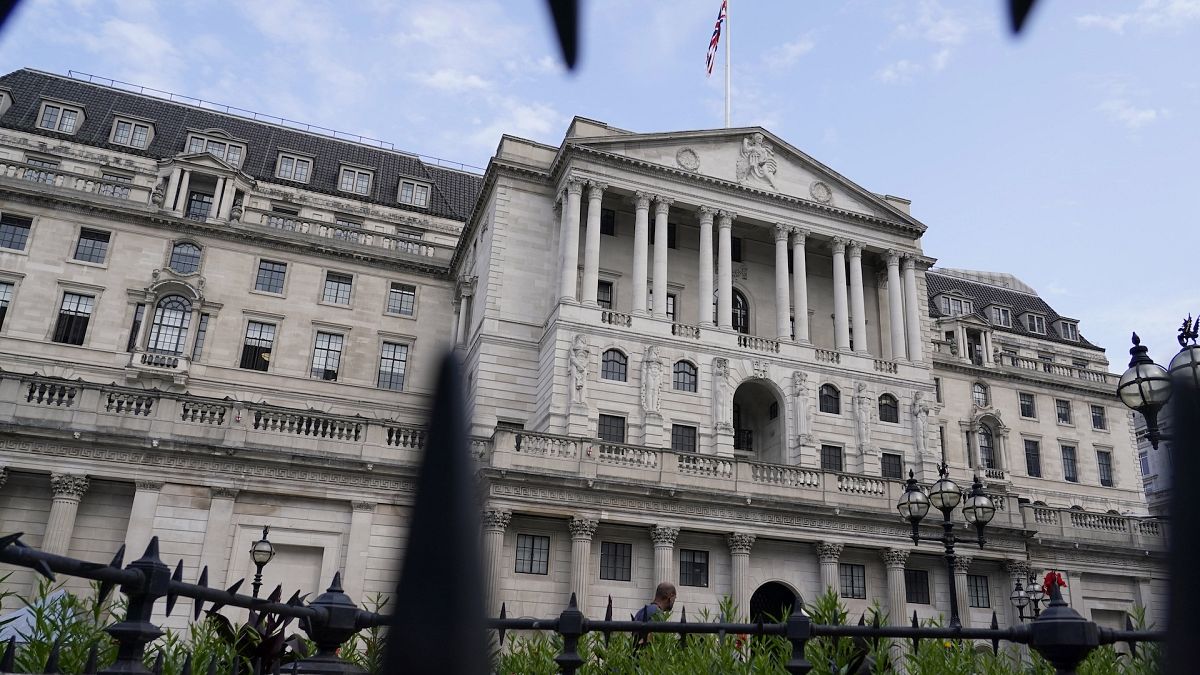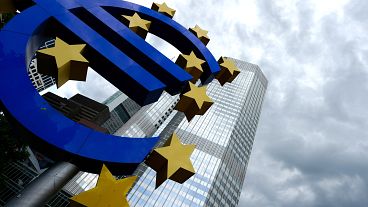The GBP/USD currency pair hit a two and a half year high of $1.32 earlier this year on 27 August, with analysts expecting the strong momentum to continue until the end of the year.
The pound sterling could potentially become one of the strongest currencies globally this year, following Britain seeing robust economic growth. A new Labour government elected in early July this year has also gone a long way in reassuring foreign investors, according to several major US investment banks.
Bank of America currency strategists estimate that the pound sterling is likely to touch $1.41 against the dollar, by the end of 2025. If so, this would be a four-year high. By the end of this year, the pound is also expected to rise to $1.35 against the dollar, which would be a two-year high.
The GBP/USD currency pair has already increased 3.19% so far this year, advancing 2.56% in the last three months. The pair also hit a two and a half year high of $1.32 on 27 August this year.
Kyle Chapman, FX markets analyst at Ballinger Group, told Euronews: “The pound’s runaway performance is in large part a rebound from a long stretch of underperformance in the years after the Brexit referendum in 2016.
“A confluence of factors has precipitated sterling’s rise this year: a Bank of England that has consistently skewed hawkish, a more stable politics, an emerging growth advantage versus the eurozone, and a wider improvement in UK sentiment.
“There are reasons to believe that sterling can hold on to the top spot in the G10 this year. The yen and the high betas (e.g. NOK, SEK, AUD) likely stand to have some better momentum into the final few months of the year, particularly if a normalisation of rates continues to drive a structural dollar decline, but the pound has already opened up a strong enough gap to keep it ahead.
“I think GBP/EUR is a good pair to express a bullish pound view, with the UK economy likely to retain its growth advantage in the near term, which should also threaten quicker ECB cuts.”
Favourable interest rate environment in the UK boosting the pound
One of the key drivers of the pound rise at the moment is the Bank of England continuing to maintain a more hawkish stance, and being slow with its interest rate cuts. Other major central banks such as the US Federal Reserve and European Central Bank (ECB) have been quicker with interest rate cuts.
Higher interest rates usually attract more foreign investment and drive economic growth in the home country, as investors look forward to receiving returns in a stronger currency.
The US Federal Reserve is expected to announce at least three more interest rate reductions, whereas the ECB is likely to go for two more by the end of 2024. In comparison, the Bank of England is expected to slash interest rates only once more by the end of this year.
Other factors, such as the first Labour budget on 30 October, are also likely to boost the value of UK assets and draw investor interest, especially if the government can follow through with the measures set out in the Budget and strengthen the UK’s fiscal system.
Robust private sector performance has also contributed to a stronger pound. Goldman Sachs recently said, as reported by The Times, “Firm activity data should help to dispel overly negative views on the UK and ultimately keep the Bank of England outlook relatively in line with peers, thereby bolstering sterling.
“Fiscal policy will move into focus as we head towards the budget statement at the end of October, but if the new government manages to find the narrow path between delivering on public investment and fiscal credibility, UK local assets could continue to be well-supported.”















